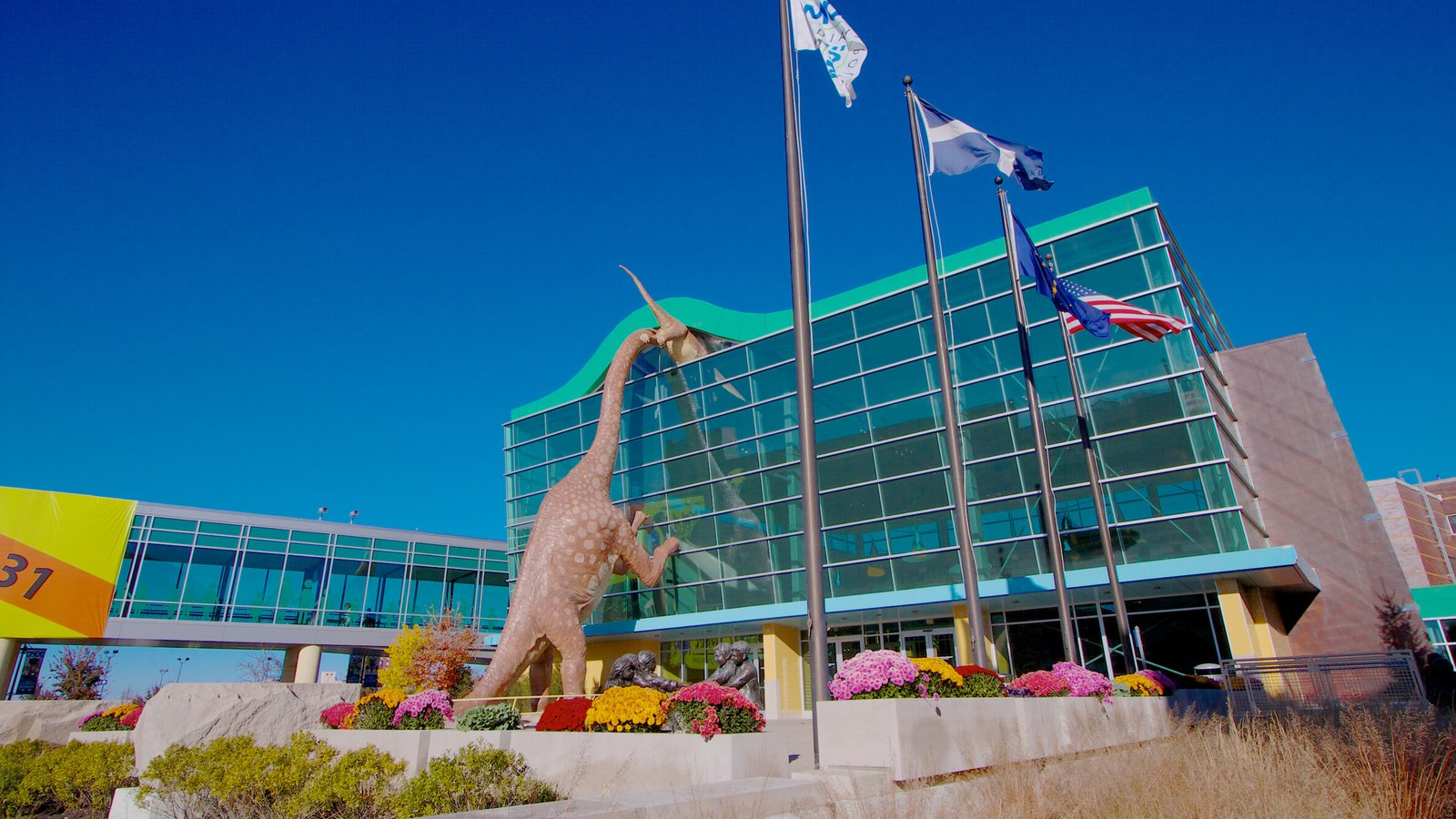

The museum is accredited by the American Alliance of Museums. It is 472,900 square feet (43,933.85 m2) with five floors of exhibit halls and receives more than one million visitors annually. Its collection of over 120,000 artifacts and exhibit items is divided into three domains: the American Collection, the Cultural World Collection, and the Natural World Collection. Among the exhibits are a simulated Cretaceous dinosaur habitat, a carousel, and a steam locomotive. The museum's focus is family learning; most exhibits are designed to be interactive, allowing children and families to actively participate.
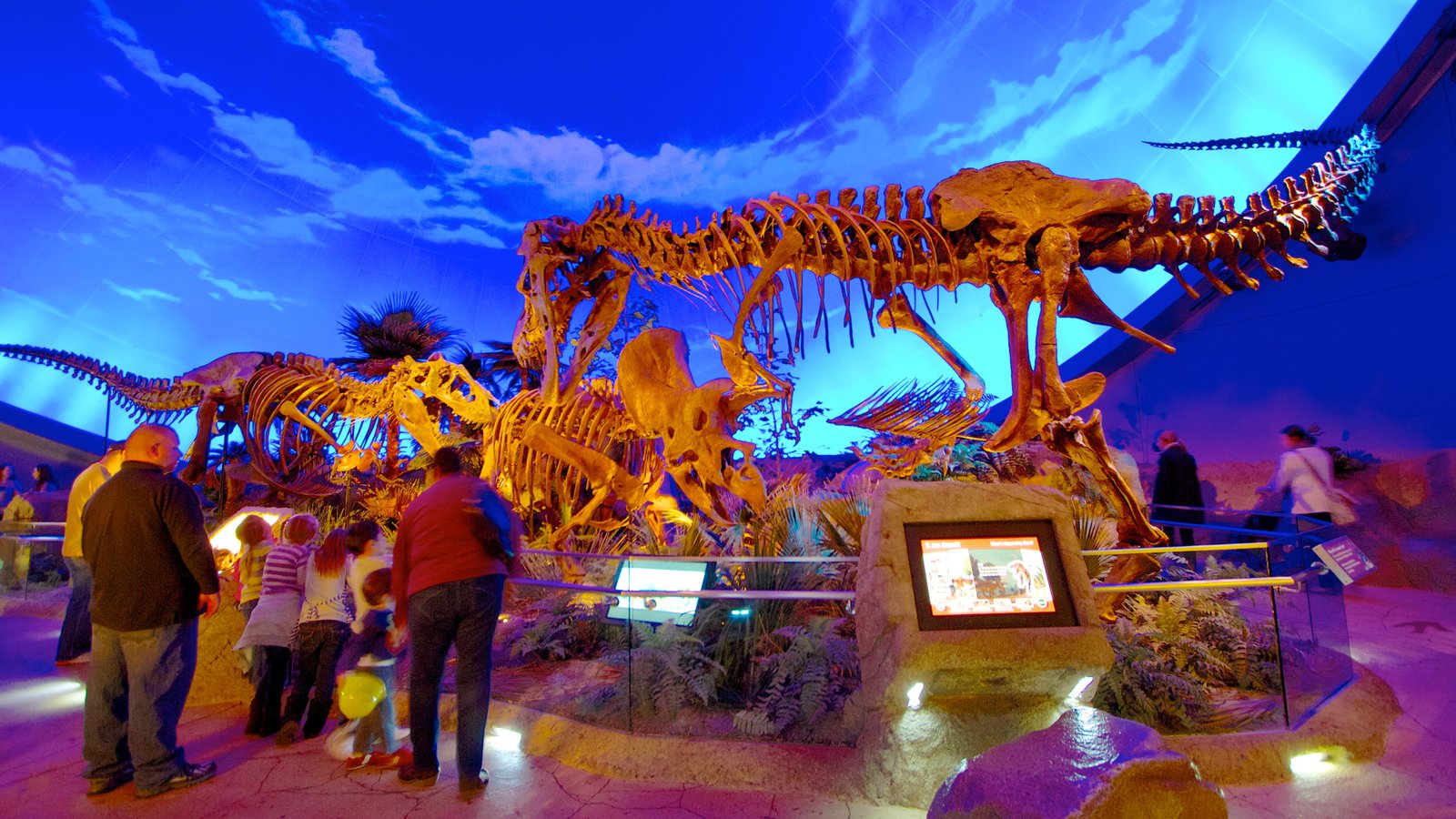
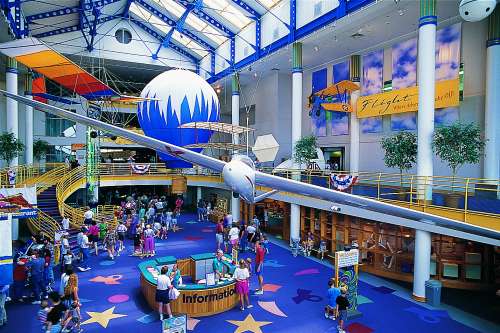
Founded in 1925 by Mary Stewart Carey with the help of Indianapolis civic leaders and organizations, it is the fourth-oldest such institution in the world. The current site became home for the museum in 1946; the current building was constructed in 1976 and has had four major expansions since then. The museum hosts thousands of activities annually, including plays at the Lilly Theater, classes and workshops for school children, traveling exhibits, and fund-raising events. With a 2008 budget of $28.7 million, it has 400 employees and 1,500 volunteers. Its financial stability is ensured by a large endowment that was first established in the 1960s and is governed by a board of trustees.
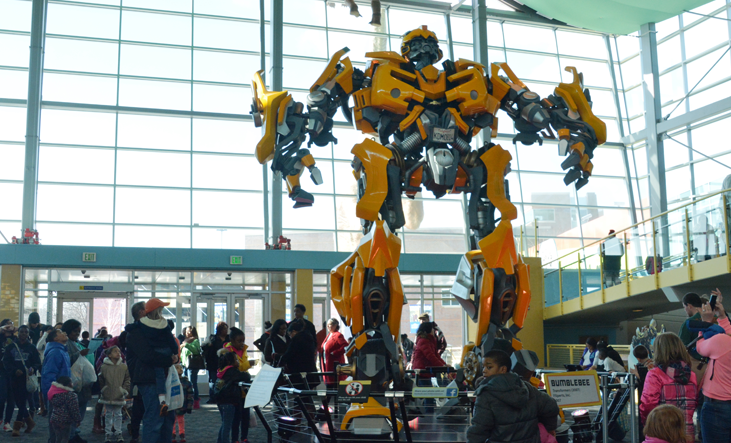
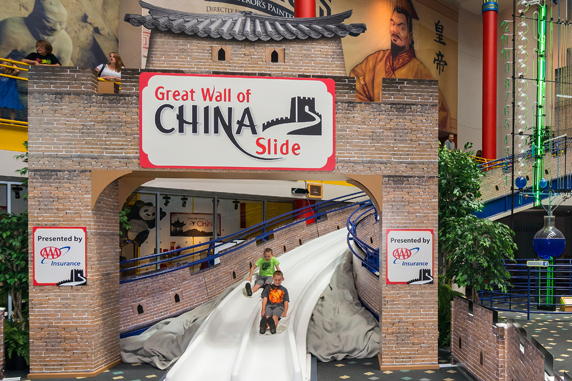
The Children's Museum of Indianapolis was founded in 1925 by Mary Stewart Carey, a wealthy civic patron who owned the Stewart-Carey Glass Company. She was inspired to create the museum after a 1924 visit to the Brooklyn Children's Museum.
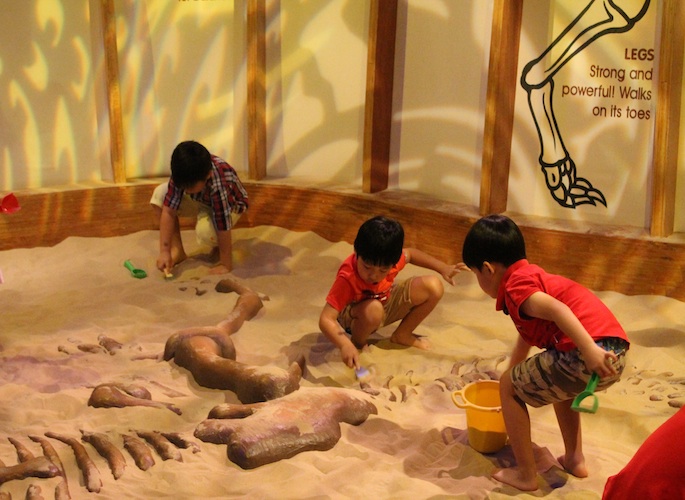

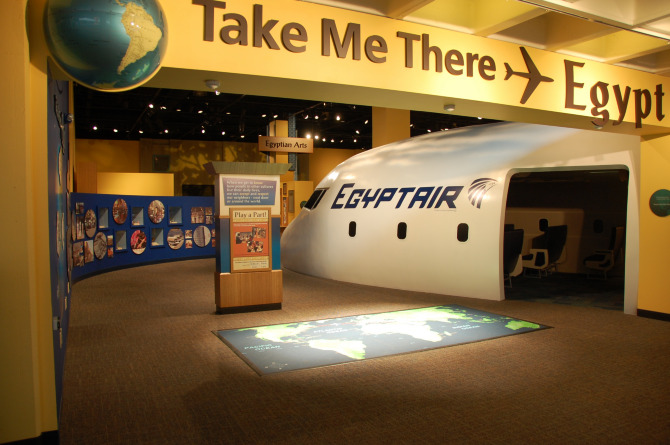
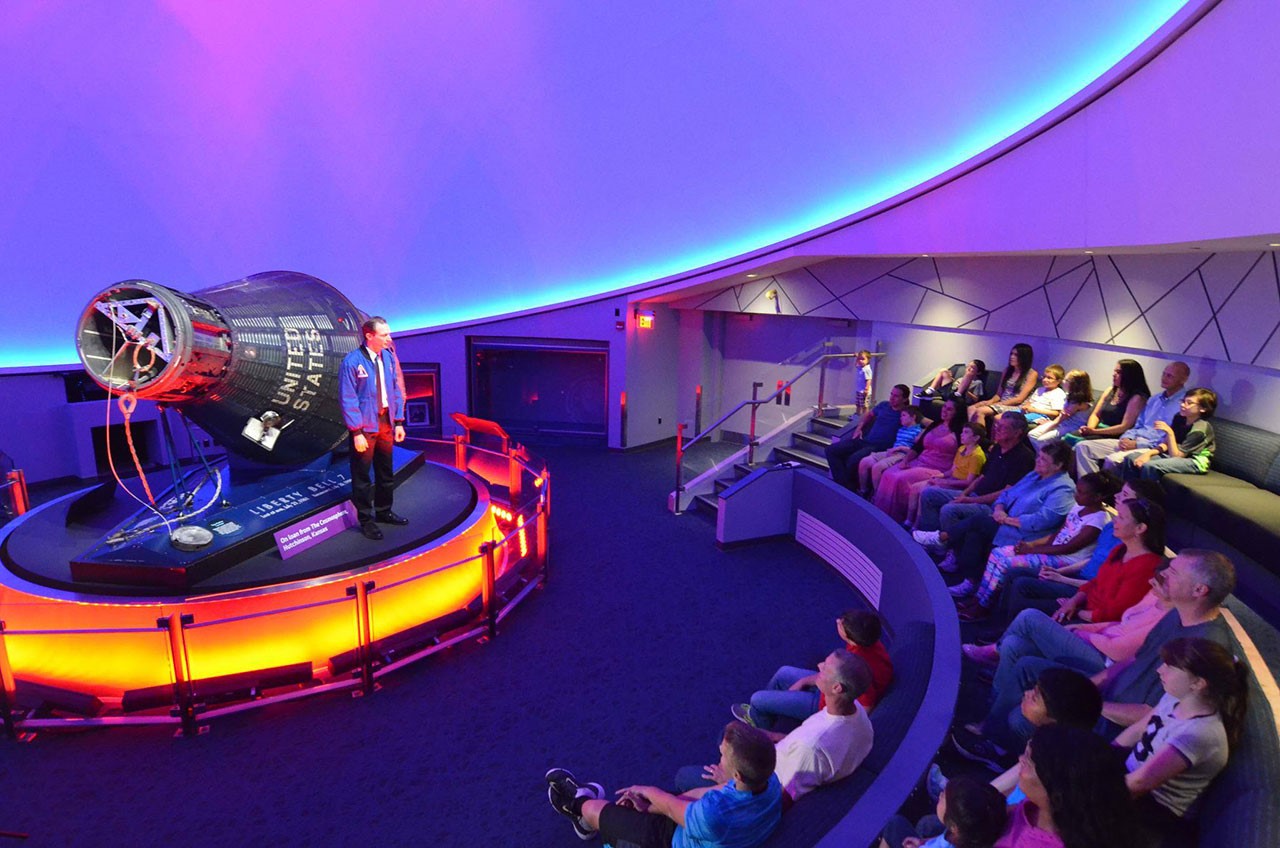
In 2008, the institution had revenue of $26.37 million and expenses of $26.369 million, with over half its income being supplied by the museum's endowment. The facility had more than one million visitors in 2008. Field trips from 775 schools brought more than 83,000 students to the museum during 2008. In 2010, the museum had 400 part and full-time employees. Additionally, 1,500 individuals contribute over 65,000 hours of volunteer work annually.
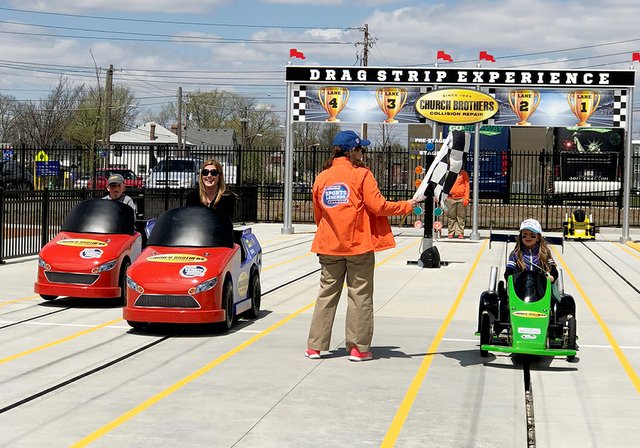
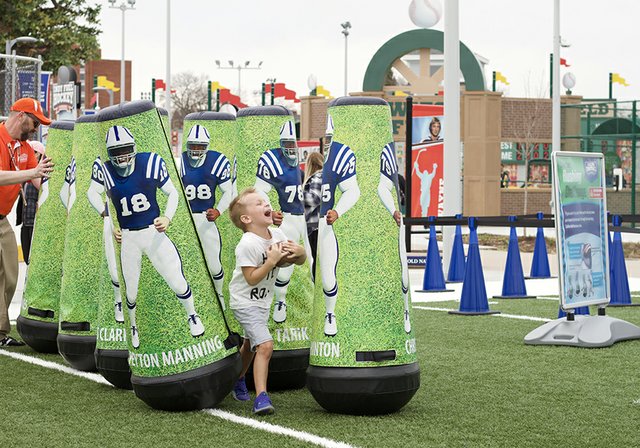
According to wikipedia



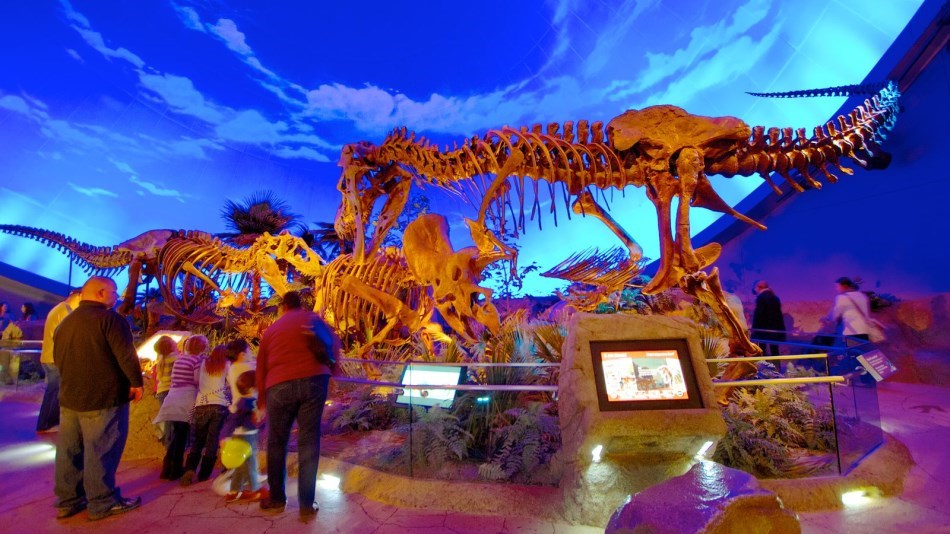

![[HONORARY PROFESSOR OF RECORD FOR PRACTICE AND EMPIRICAL RESULTS – 2024] RECORD HOLDER CHU BAO QUE (BAC GIANG PROVINCE, VIETNAM)](https://uskings.us/wp-content/uploads/2024/05/IMG_0386-218x150.jpg)


